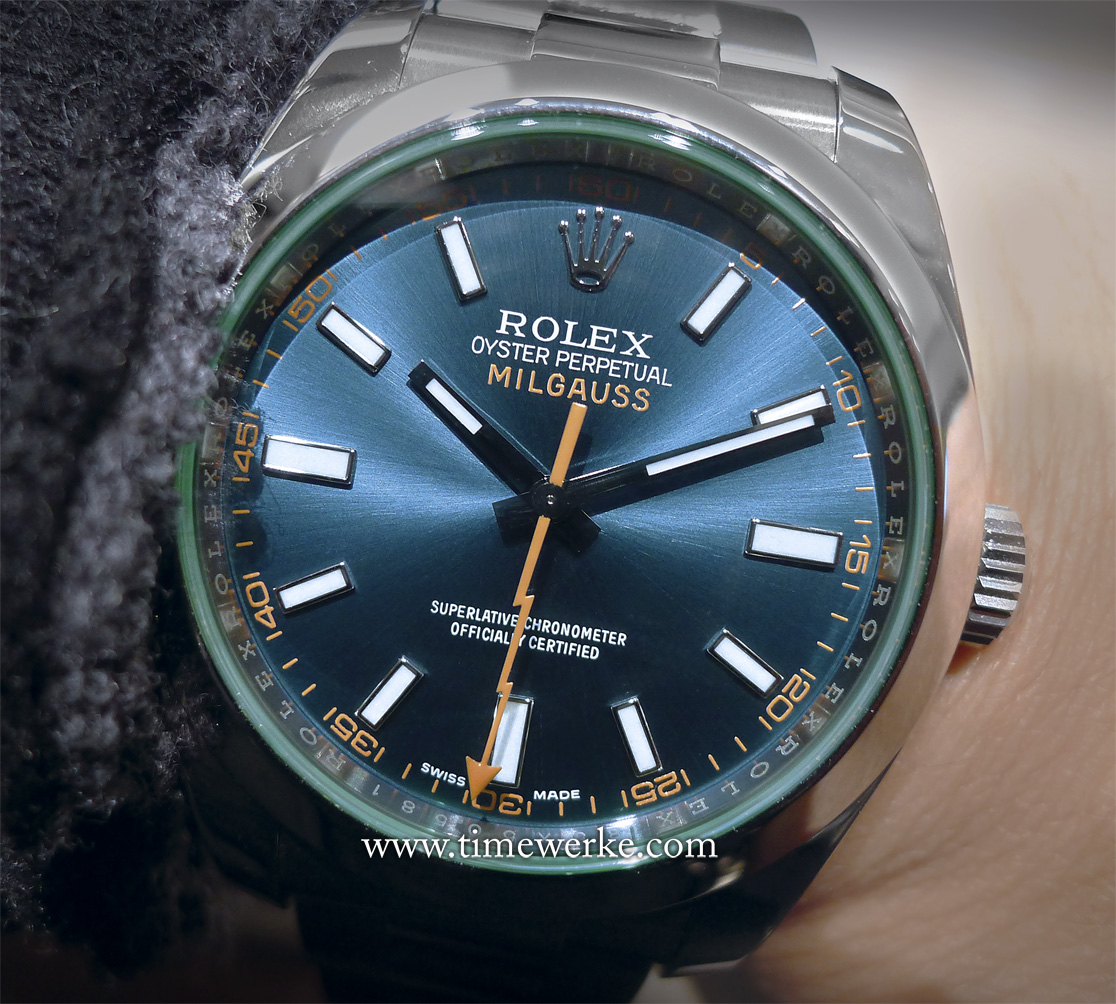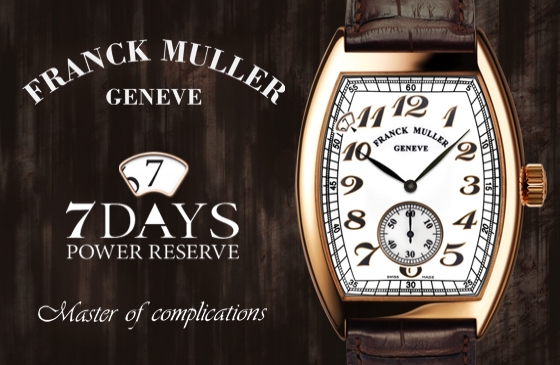
The 40mm Rolex Milgauss (Reference: case: 116400 GV, bracelet: 72400) launched at the 2014 BaselWorld watch fair houses the Calibre 3131 automatic movement and features the Z blue dial. It is water-resistant to 100m (330 feet). Priced at CHF7,800. Photo: © TANG Portfolio. Elfa / Timmy. BaselWorld 2014
In 1956, the Rolex Milgauss was introduced and it was targeted at engineers and technicians, notably those who were regularly exposed to magnetic fields due to the nature of their profession.
The Milgauss was designed to resist strong magnetic interference of up to 1,000 gauss. The “Mil” came from “mille”, the French word for “thousand” while “gauss” is a measurement for magnetic induction.
It seemed that the Milgauss was the watch of choice for scientists at the European Organization for Nuclear Research (CERN) in Geneva.
According to Martin Skeet and Nick Urul in their book, Vintage Rolex Sports Models, the first version of the Milgauss was the 6541 model. They add that it was the third version of this model that had a red arrowhead at the tip of the continuous sweep seconds hand.
The characteristic lightning bolt seconds hand seen on modern-day Milgauss watches was first introduced with the fourth version of the 6541 model. However, it was dropped when the Model 1019 Milgauss replaced the 6541.
The first generation Rolex Milgauss with the green sapphire crystal was launched in 2007.
The second generation Milgauss with the green sapphire crystal, launched in 2014, and seen above now features an electric blue dial, named the Z blue dial. The alphabet used refers to the zirconium content.
Ferromagnetic alloys surrounding the movement within the Oyster case of the modern-day Milgauss are its first line of defence against magnetic fields.
The second line of defence involves two key components of the movement – the oscillator and the escapement which are both made of paramagnetic materials developed by Rolex.
The Parachrom hairspring used in the Calibre 3131 of the Milgauss is not affected by magnetic fields and is highly stable even with temperature variations.
Moreover, it is ten times better than a traditional hairspring in the event of shocks.


